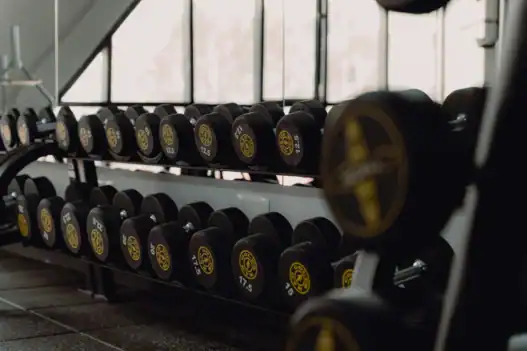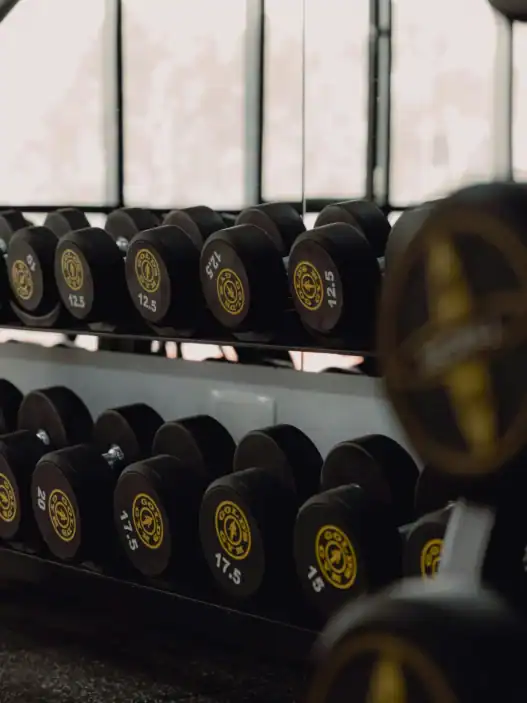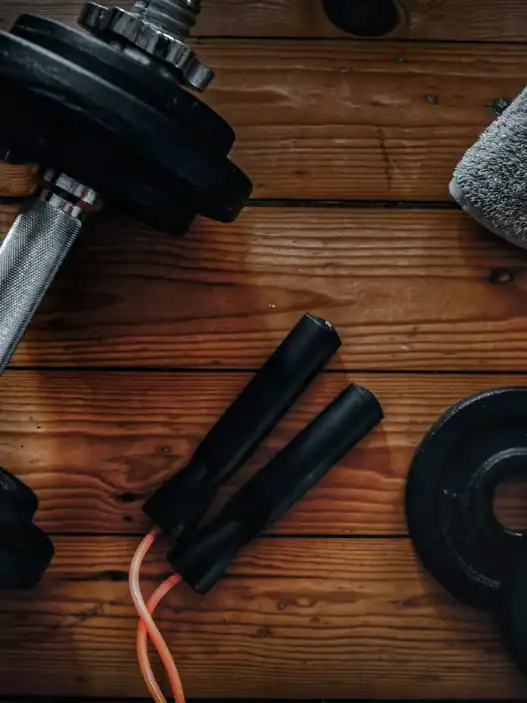Tarion Warranty Corporation was created in 1976 to safeguard Ontario’s new home buyers. It licenses builders, oversees the enforcement of statutory home warranties, and acts as a backstop when builders fail to meet their obligations. It is a powerful, self-funded entity operating under the Ontario New Home Warranties Plan Act. However, the Office of the Auditor General of Ontario found in a damning 2019 special audit that Tarion’s practices have persistently tilted toward protecting builders rather than consumers, leaving many Ontarians vulnerable when purchasing what is often the most expensive asset of their lives: their homes.
At the heart of the audit’s findings lies a stark imbalance in the regulatory framework. Over the years, Tarion has operated with sweeping autonomy—setting its own rules, enforcing its own timelines, and, until recently, facing scant oversight from the provincial government. Its 16-member board has been heavily influenced by the Ontario Home Builders Association (OHBA), creating a regulatory body that too often reflected the interests of those it was supposed to oversee.
This absence of checks and balances has come at a cost. While Tarion reports resolving tens of thousands of disputes between homeowners and builders, it also rejected thousands of valid claims on procedural technicalities. The message to homeowners was consistent: miss a deadline—even by a day—and your claim will not be reviewed. Between 2014 and 2018 alone, 9,700 homeowners were denied assistance due to narrow 30-day claim windows, including 1,300 who missed the deadline by just a single day.
Table of Contents
Builders Given Leeway, Homeowners Left in Limbo
Perhaps the most troubling aspect of the audit was the clear pattern of leniency toward builders who failed to honor warranties. In over 65 percent of Tarion’s assessments from 2014 to 2018, builders were found not to have fulfilled their obligations. Yet many of these same builders were allowed to renew their licenses, some even repeatedly.
Tarion also maintained a policy—until 2012—that allowed builders with homes containing major structural defects to continue working without penalty. And even when changes were made, they applied only prospectively. In effect, past poor performance did not meaningfully influence licensing decisions.
Adding to these concerns, the Ontario Builder Directory—a public tool meant to inform prospective buyers—was found to omit critical information. Thousands of inspections that revealed builder misconduct were excluded on the basis of unverified builder claims that homeowners blocked repairs. In 56 percent of reviewed cases, there was no sufficient evidence to support these claims.
The Façade of Consumer Protection
Tarion’s branding and communication strategies compound the confusion. While warranties are legally provided by builders, the corporation’s very name—Tarion Warranty Corporation—suggests otherwise. Many homeowners mistakenly believe Tarion itself offers warranty protection. Its website and printed materials reinforce this misunderstanding, advising homeowners to submit their “warranty claims” to Tarion, even though the builder is the first and primary point of accountability.
Further complicating the process is the treatment of pre-delivery inspections (PDI), a critical step for homeowners to document any damage before possession. Builders are required to provide a Homeowner Information Package outlining these rights. However, Tarion permits builders to hand over this package as late as the day of the inspection itself. Audit evidence shows PDIs often occurred while homes were still under construction or without homeowner participation, weakening the homebuyer’s ability to hold builders accountable later.
In practice, this means cosmetic issues—scratched floors, missing fixtures, chipped paint—may be declared ineligible if not flagged during the rushed and frequently manipulated inspection. Between 2014 and 2018, Tarion ruled in favor of builders in more than 2,700 such cases due to insufficient documentation.
Delays, Bureaucracy, and a Stacked Appeals Process
For many homeowners, engaging with Tarion is a waiting game. Even after submitting a claim within the proper window, they face a labyrinthine process. Builders receive up to 180 days to address defects before Tarion intervenes. If they fail, Tarion may inspect the home and then give the builder additional time to act. Altogether, the process can take more than 545 days—nearly 18 months—before any financial relief or repairs are provided.
If homeowners challenge a decision, their only formal recourse is the Licence Appeal Tribunal or civil court. Both routes are expensive and time-consuming. Tribunal hearings resemble court trials, and the financial burden can be significant, particularly when hiring experts to support claims. Tarion, by contrast, is well-resourced with staff counsel and third-party legal support.
Even when homeowners make it to the Tribunal, success is elusive. Of the 41 hearings from 2014 to 2018, only four resulted in a ruling favorable to the homeowner. Nearly 80 percent of cases were withdrawn or settled before a hearing, suggesting homeowners may be pressured to accept compromise settlements rather than risk losing outright.
Millions Lost to Builder Failures, Limited Recovery
Over a ten-year period, Tarion paid out nearly $127 million to homeowners from its Guarantee Fund for defects, deposit refunds, or unfulfilled construction contracts. But it recovered just 30 percent of these funds from builders and guarantors. In many cases, this meant that the wider builder community—and ultimately homebuyers—were footing the bill for a few bad actors.
Part of the problem lies in how Tarion sets financial deposits with builders. Despite housing prices soaring, Tarion still uses values from the early 1990s—such as a $250,000 average home price and $150,000 cap on defect claims—to calculate required security. These outdated figures fail to reflect the financial risk involved in today’s housing market, leading to under-collection of security and unrecoverable losses.
Moreover, even in egregious cases, Tarion has been slow to act. One builder, whose license was revoked after defrauding buyers and constructing defective homes, was soon able to return to the industry under a new business name operated by a family member. Loopholes in licensing criteria and a lack of a builder code of conduct allow such practices to persist.
Illegal Construction and Ineffective Enforcement
Illegal homebuilding—constructing without a license or failing to register a home with Tarion—remains a persistent issue. Between 2009 and 2018, Tarion secured 666 convictions for illegal building. Still, only $4 million in fines were collected, while $19.8 million in repairs were covered by Tarion on behalf of these builders. That gap represents more than poor enforcement; it represents a fundamental failure of deterrence.
Tarion has attempted to stem this problem through a pilot program with 15 municipalities that screens applications for “owner-built” homes, a common cover for illegal construction. Yet, the results are mixed. Of 724 applicants reviewed from 2015 to 2018, only 11 were rejected. Meanwhile, Tarion had to investigate 37 of the approved applicants and successfully convict three.
Other jurisdictions, like British Columbia, have more robust safeguards. There, owner-builders must pass exams and live in the home for at least a year before selling. Tarion has no such requirements, and there is currently no provision allowing it to directly fine offenders—it must pursue time-consuming court proceedings.
Government Oversight: Too Little, Too Late
For much of Tarion’s existence, it operated with little provincial oversight. Until 2017, it had the power to independently set regulations and timelines. Its board structure was weighted in favor of industry representatives, and the Ministry of Government and Consumer Services had limited capacity to enforce changes or scrutinize performance. Even the 2010 accountability agreement between the Ministry and Tarion was found to be non-binding.
Recent steps by the Ministry have acknowledged the need for reform. A 2017 review led by Justice Douglas Cunningham recommended separating Tarion’s builder licensing and warranty oversight functions. This led to the creation of the Home Construction Regulatory Authority, expected to assume licensing duties in 2020.
In response to the audit, both Tarion and the Ministry agreed to adopt the Auditor General’s 32 recommendations and 76 action items. These include ending builder influence over Tarion’s board, improving transparency in the Builder Directory, enhancing consumer education, and strengthening financial accountability mechanisms.
What This Means for Ontarians
For prospective homebuyers in Ontario, the findings of this report are more than just bureaucratic failings—they reveal a systemic breakdown in consumer protection. Families investing hundreds of thousands of dollars into a new home cannot afford to navigate a legalistic maze to ensure builders fulfill their basic obligations. Nor should they face undue delays or rejection due to arbitrary procedural rules.
The lack of enforcement, the ease with which disreputable builders are relicensed, and the opacity of public data all contribute to an environment where homeowners are often left alone to fend for themselves. Ontario’s housing market, already burdened with affordability challenges, cannot afford a warranty system that favors expediency over accountability.
If fully implemented, the reforms outlined in the audit offer a roadmap toward restoring trust. But oversight must be consistent, independent, and equipped with the legal and financial tools necessary to ensure fairness. Without that, the province risks continuing to leave its residents exposed in one of life’s most critical investments—their homes.















